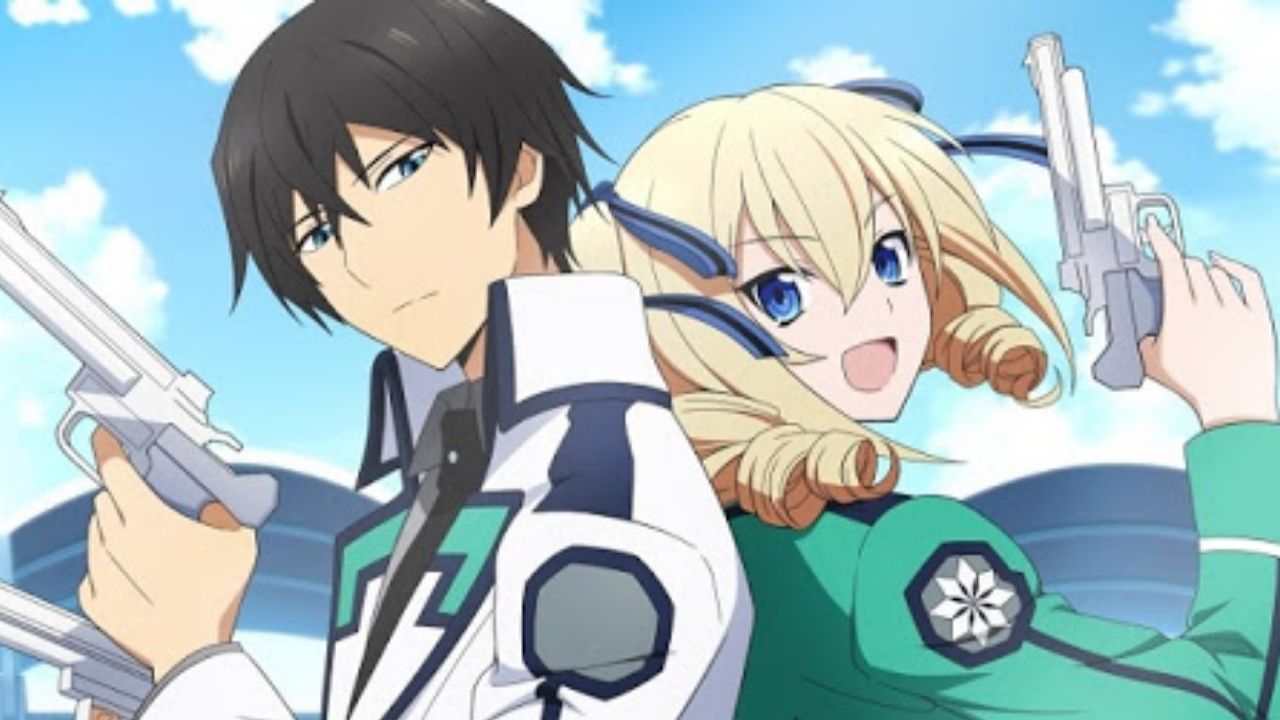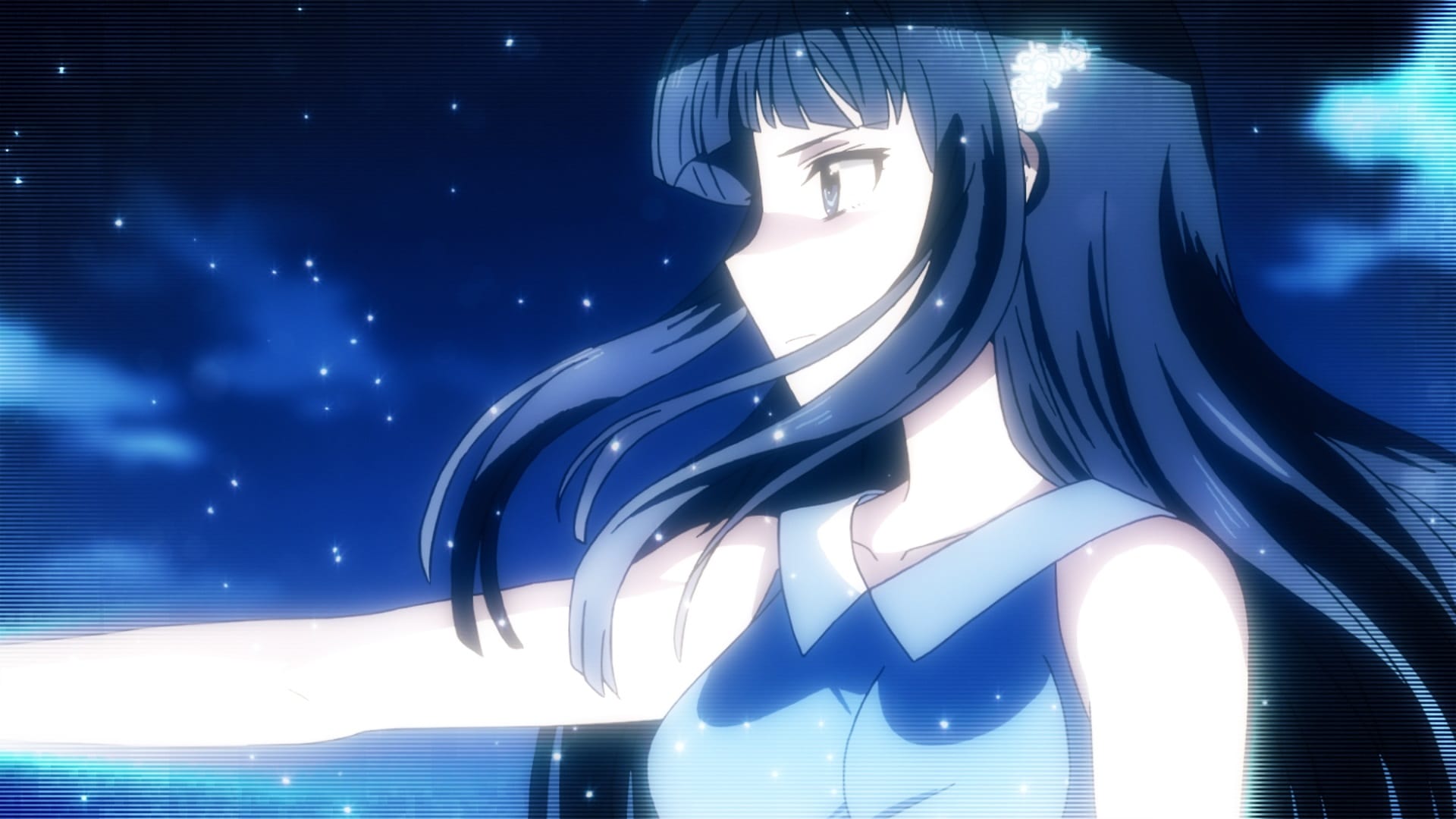
Despite having killed thousands of ninja, Obito is somehow redeemable in the world of NARUTO as a hero | Image: Crunchyroll The grief, as these anime have it, corrupts otherwise decent characters and makes them murderers. The reasons for this vary, but, usually, a flashback will involve someone close to the villain dying. Then, this previously irredeemable mass-murderer seems faultless. They scream and yell about feelings, inevitably leading to flashbacks. In the middle of a fight, often with multiple dead bodies around them, two characters chat. NARUTO SHIPPUDEN is one anime guilty of this they literally talk the villains good again. Yet, some way or another, they end up being a good guy or a victim in the end.

They almost always have some sort of tragic or confusing backstory. Villain RedemptionĪmong anime tropes, this one probably isn’t the absolute worst, but it’s one of my most hated. Especially when their parents recognize their growth as individuals, this is even more noticeable. Anime tropes like this don’t allow characters to transcend the emotional crutch their family might initially play. Once parents are involved, character development doesn’t just occur internally. Like teenagers in real life, adolescents in anime have to be able to grow up. So the high school genius is letting his 12-year-old sister manage household finances? | Image: Crunchyrollīeyond that, having characters across different age groups simply makes for better character development. For anime like CHARLOTTE that mainly take place in a few places, this can add essential depth to the series. At the very least, the presence of parents creates a contextual barrier between the home and school. Parents and family act as a reasonable check on that rebellious nature. Teenagers are usually rebellious, especially in anime. This is the high school student whose parents are just “on a business trip” or “vacationing.” While having an empty house gives protagonists some degree of accountability, it deprives shows of some realism. Keep in mind, this isn’t in reference to orphan characters or characters old enough to live alone. Later on, I started to constantly notice it. The first time I noticed missing parents was as a little kid playing POKÉMON. Let’s see how many you can remember seeing, shall we? Where are the Parents? This list is sure to make you wince as you remember anime guilty of these. I’ll be going over ten of the most egregious anime tropes. In fact, they often show up as cheap jokes to fill screen time. Others, like the example above, add little value to the show. Many of these can be incredibly positive, like appeals to honor and justice. Sub-genres like shonen or seinen have common themes and tropes. Due to the massive amount of shows out there, certain actions tend to repeat. Under those sub-categories are then hundreds of anime, many with multiple seasons. Within the broader category, there are hundreds of other sub-categories. All genres of television follow patterns, yes, but anime is different. Most anyone who has watched anime for a while will recognize situations like these. One of the worst anime tropes rears its ugly head, and the anime instantly becomes annoying.

Then, ten minutes into the episode, the main male protagonist trips on nothing and inexplicably lands with a hand on a girl’s chest. The plot seems compelling characters, decent enough and the art style looks nice. Finally, you stumble upon a promising series. A season of your favorite anime ends, and you sulk about while clicking around looking for new content.


 0 kommentar(er)
0 kommentar(er)
